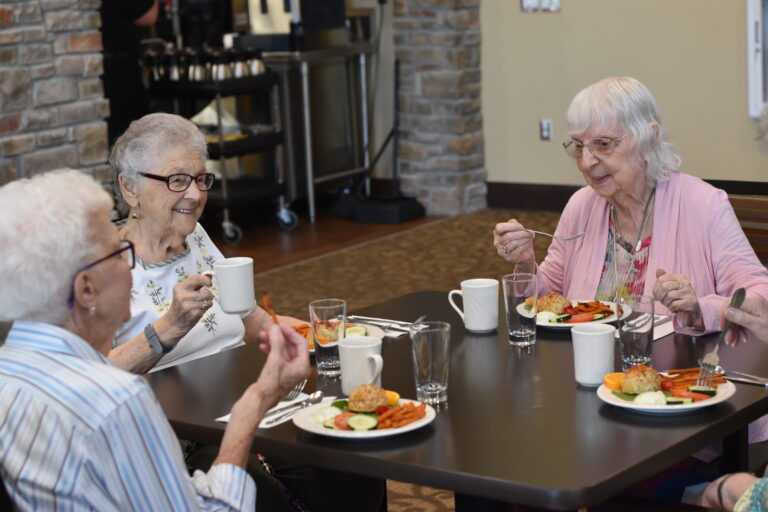 In April 2013, the White House launched an ambitious initiative focused on better understanding the workings of the human brain. Over the next ten years, the goal of this project, the Brain Research through Advancing Innovative Neurotechnologies (BRAIN) Initiative, is to figure out precisely how the brain works. Since President Obama announced the initiative, brilliant minds from various scientific and technological backgrounds have banded together to work on BRAIN, including employees from Google and GE, according to LiveScience. With BRAIN, scientists and policymakers hope to find solutions to some of the brain’s most complex workings, which, in theory, could lead to advances in medicine, understanding of mental health disorders, and new forms of Alzheimer’s treatment.
In April 2013, the White House launched an ambitious initiative focused on better understanding the workings of the human brain. Over the next ten years, the goal of this project, the Brain Research through Advancing Innovative Neurotechnologies (BRAIN) Initiative, is to figure out precisely how the brain works. Since President Obama announced the initiative, brilliant minds from various scientific and technological backgrounds have banded together to work on BRAIN, including employees from Google and GE, according to LiveScience. With BRAIN, scientists and policymakers hope to find solutions to some of the brain’s most complex workings, which, in theory, could lead to advances in medicine, understanding of mental health disorders, and new forms of Alzheimer’s treatment.
Founding members of the BRAIN Initiative include the National Institutes of Health, the Defense Advanced Research Projects Agency, and the National Science Foundation. These organizations set out to better understand how the brain works and what causes diseases. In an interview with AARP, Francis Collins, director of the NIH, explains:
“You could say that we currently have a low-resolution picture of how the brain functions. We can look at individual brain cells to see what they’re doing, but that doesn’t tell us about the circuits and networks in the brain and how they work. The BRAIN initiative aims to better understand how the brain processes information, stores memories, and retrieves them. Doing this will provide the foundation for our understanding of brain health and how to prevent disease.”
“With BRAIN, scientists and policymakers are hoping to find solutions to some of the brain’s most complex workings, which in theory could lead to advances in Alzheimer’s treatment.”
Main Goals
The National Science Foundation lists five thematic areas the initiative covers: neurotechnology and research infrastructure, brain-inspired innovations and quantitative theory and modeling of brain function, multi-scale integration of the dynamic activity and structure of the brain, and BRAIN workforce development. Each area encompasses different goals of the BRAIN Initiative, including better interpreting cognitive functions in real-time, developing tools to record brain function accurately, and conceptualizing innovative technologies that benefit society. The White House suggests that the BRAIN Initiative could be to neuroscience what the Human Genome Project has been for genomics. Overall, it appears the goal of the BRAIN Initiative is to accelerate advancements in technology to benefit the millions of people around the world experiencing a mental health disorder or disease.
Collaboration is at the center of this project. With contributions from multiple private corporations, government organizations, renowned universities, and scientists from many fields, the BRAIN Initiative draws on robust resources. Together, these institutions can take a more comprehensive approach to learning how the brain functions.
How the BRAIN Initiative Will Change Care
The NSF states that this initiative could unlock integrated methods for better understanding how brain function correlates to physical and social factors. Hypothetically, the BRAIN Initiative will allow scientists to map out the brain’s workings and identify specific causes of mental diseases. Therefore, these diseases, such as Alzheimer’s and dementia, could be potentially identified earlier, and personalized therapy options would be available as a means of prevention and treatment. Though there have already been significant advancements in brain research over the past decade, the BRAIN Initiative and similar projects will be necessary to innovate new treatments for mental health disorders. To do this, we must understand the brain’s construction and its intimate processes, molecular idiosyncrasies, and real-time activity. Overall, this research is significant for those affected by Alzheimer’s disease and other forms of dementia.




